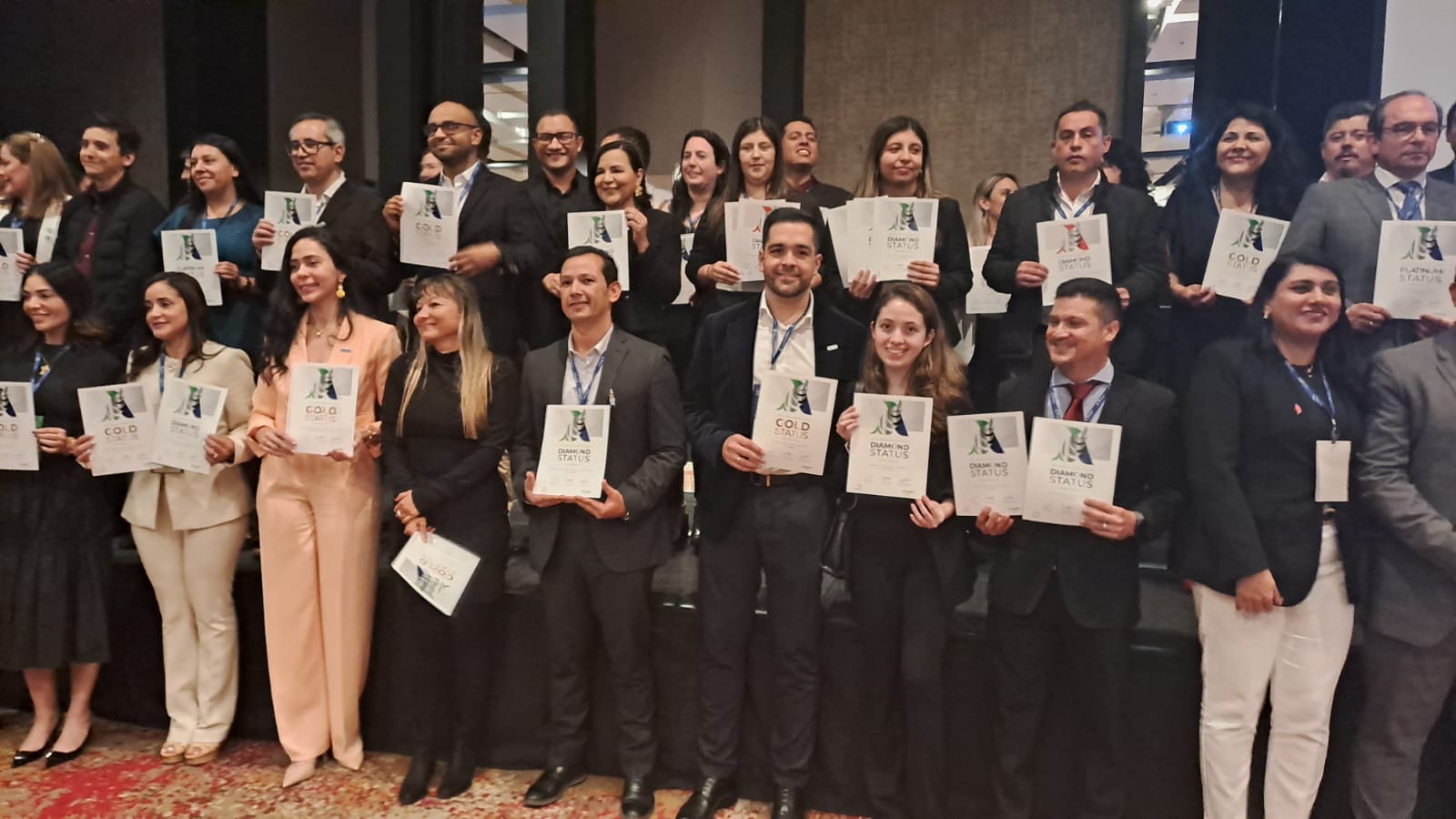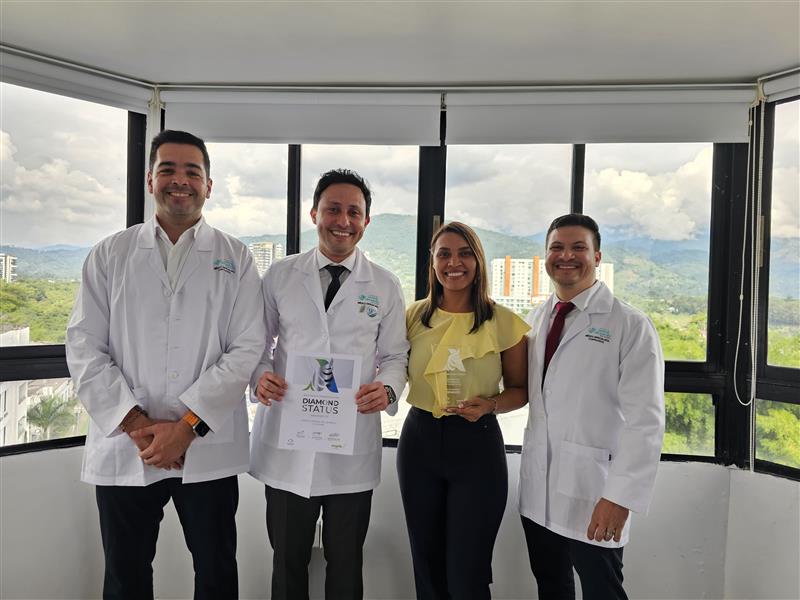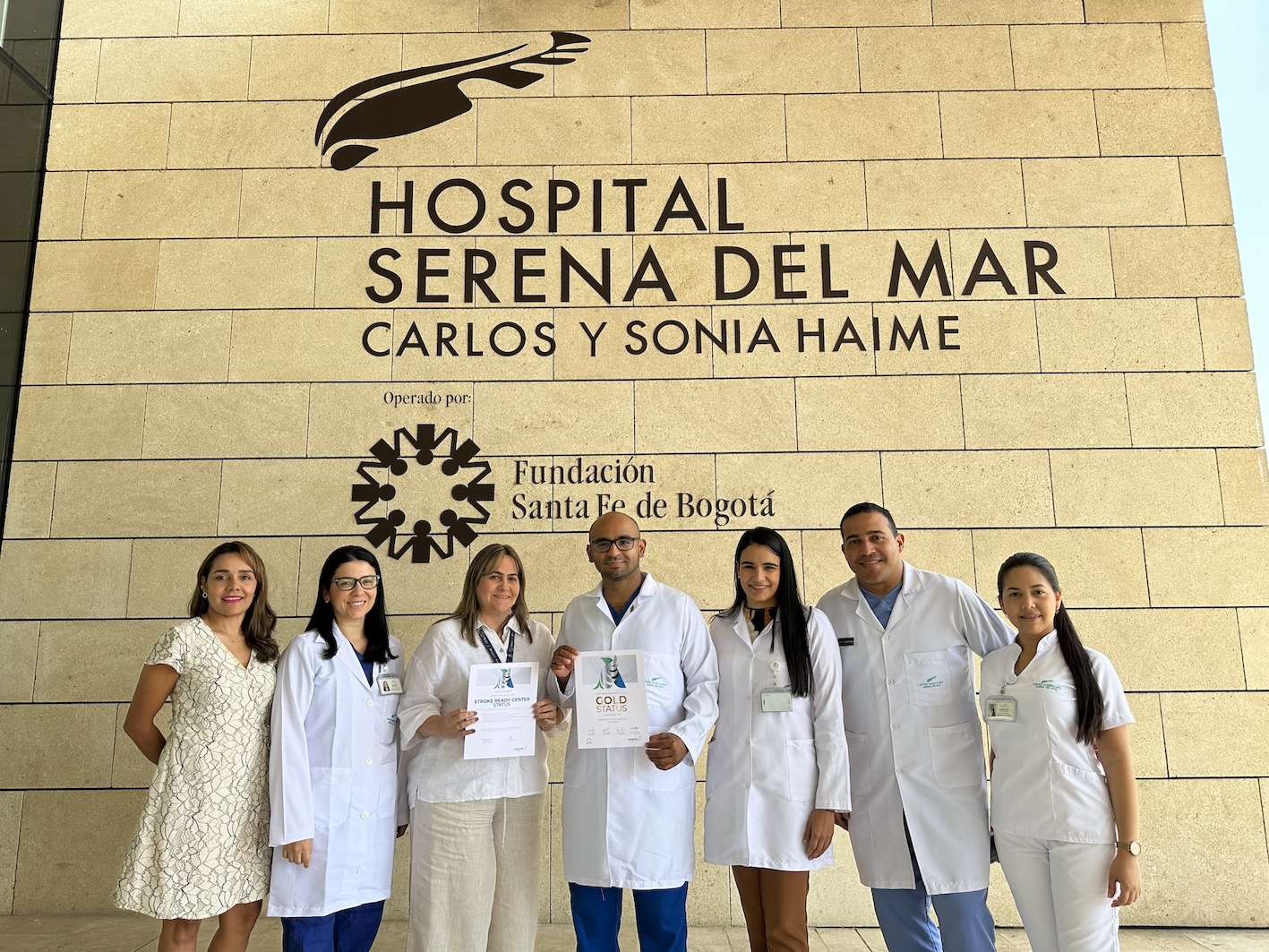Ecco come muovere un edificio in tre fasi:
Uno, tagliare le aperture nella base e installare travi in acciaio per il supporto strutturale. Due, installare jack idraulici sotto la struttura e collegarli a un sistema che monitora la pressione e mantiene il livello dell'edificio. Tre, aggancialo, installa le piattaforme sulle ruote sottostanti e inizia a gattonare lentamente fino alla nuova destinazione.
Nel 1975, la maggior parte delle persone, una città vicino al confine nord-occidentale della Repubblica Ceca, doveva spostare la chiesa gotica di oltre 800 metri in una nuova sede per fare la strada per un'operazione di miniera di carbone. La chiesa dell'assunzione di Virgin Mary pesava 12.700 tonnellate. A una velocità media di 2,16 cm al minuto, ha raggiunto la sua destinazione dopo 28 giorni, portando orgoglio al governo ceco e vincendo Più una menzione nel Guinness Book of World Records.
All'epoca era l'edificio più pesante mai spostato sulle ruote.
Se una città riesce a farlo, ascoltate che cosa potrebbe essere in grado di fare? Il che ci porta alla anamnesi di Hospital Most e a come diventare un riconoscimenti per l’centro ictus in tre fasi.
Fase 1: Trova il tuo campione per lictus.
Prima che il dott. Ján Macko giungesse all’ospedale di maggior consumo, era medico dell'emergenza capo della stroke unit presso l’ospedale vicino di Chomutov, dove, sentito il programma ESO Angels Awards, ha dato il suo peso dietro una campagna per ottimizzare il percorso dell’ictus e migliorare gli esiti per i pazienti colpiti da ictus. Di conseguenza, l’ospedale Chomutov ha vinto tre assegnazioni consecutive di diamante e nel 2020 il dott. Macko ha accettato l’offerta di aderire all’ospedale più, che, su iniziativa del fornitore sanitario regionale Krajská zdravotní, a.s., ha ristabilito il suo programma per l’ictussanità.
Arrivando a settembre 2020, a Ján Macko è stato detto che aveva fino a marzo 2021 di creare un protocollo per l’ictus e assemblare e formare un personale della stroke unit. Con il supporto del capo neurologo, il Dott. Stanislav Slavík, e il supporto generoso del suo collega, il Dott. Jozef Sirovič, ha lavorato immediatamente, condividendo la sua esperienza con i nuovi colleghi e lanciando un programma di formazione che includeva la formazione per la certificazione di infermiere Angels per l’ictus per ogni infermiere nell’UTI neurologia. infermiere della stroke unit
Il personale infermieristica di emergenza, come primo punto di contatto per i pazienti, ha inoltre ricevuto istruzioni sull’uso del test FAST per rilevare l’ictus e quali azioni eseguire dopo aver avvisato il neurologo di turno. Il dott. Macko non lasciò la pietra invertita.
Fase 2: Pratica, pratica, pratica.
Con un accreditamento certificato del centro ictus ancora in attesa, la nuova stroke unit dell’Hospital Most era pronta per l’azione completa entro febbraio 2021, un mese prima del mese previsto. La sanzione ufficiale del ministero della salute è arrivata a ottobre, lo stesso mese in cui è stato invitato il Consulente Angels Robert Havalda a condurre una simulazione che era un test del lavoro di squadra e del tempo.
"Essevano già abbastanza veloci", dice Martin Liptay che è entrata nelle scarpe di Robert lo scorso settembre. "Tuttavia, sono riusciti a ridurre il tempo tra l’arrivo in ospedale e l’inizio della trombolisi da 25 a 15 minuti."
Nel corso del prossimo anno, cinque giovani medici sono stati formati per fornire diagnostica e terapia acuti all’interno della stroke unit e si sono integrati gradualmente con il personale della stroke unit. Quando all’inizio del 2023 il primo di loro era pronto a iniziare il trattamento indipendente dei pazienti colpiti da ictus, è stato Martin a viaggiare fino a Most per una nuova sessione di formazione sulla simulazione.
Martin insieme al dott. Macko aveva preparato due scenari: uno in cui il paziente è arrivato tramite Servizi d'emergenza con pre-notifica e uno in cui è stato portato al pronto soccorso dalla sua famiglia. Con tempi door-to-needle rispettivamente di 18 e 13 minuti e tutte le azioni prioritarie chiave raccomandate da Angels implementate come parte del percorso, l’esercizio ha aumentato la fiducia del Dott. Vasyl Uhrynchuk e del suo team appena qualificati.
Un mese dopo, il 14 febbraio, Martin tornò a Most dove altri quattro medici erano pronti a prendere le loro ali. Nel corso di quattro simulazioni, i dott. Michal Antonín, Serhii Syniuha, Svitlana Tkach e Volodymyr Shuranov hanno gestito ciascuno un caso clinico diverso in tempi door-to-needle di classe mondiale compresi tra 13 e 15 minuti.
Il dott. Macko e Martin erano ora sicuri che ogni paziente con ictus trattato presso l’Hospital Most avrebbe ricevuto lo stesso elevato standard di cura, indipendentemente da chi era reperibile.
Fase 3: Misurare le prestazioni e continuare a migliorare.
Nella Repubblica Ceca, i dati completi per tutti i pazienti colpiti da ictus vengono raccolti due volte all’anno, a marzo e ottobre, e riportati in RES-Q. Per Hospital Most, quindi, l’anno 2022 ha portato la prima opportunità di misurare le proprie prestazioni rispetto ai criteri basati sulle linee guida per i premi Angels ESO.
Quando i vincitori riconoscimenti della Repubblica Ceca furono annunciati per il 2022, l'Hospital Most era tra loro. Nei due mesi in esame, avevano ammesso 64 pazienti colpiti da ictus, di cui il 22% era idoneo per la ricanalizzazione. Il tempo tra l’arrivo in ospedale e l’inizio della trombolisi studio era di 16 minuti e l’85% dei pazienti è stato sottoposto a screening per la disfagia.
In tutte le misure tranne due (tasso di ricanalizzazione e disfagia), l’Hospital Most aveva soddisfatto i criteri per un riconoscimenti diamantato. Sebbene meritato di essere orgoglioso del suo stato di platino, è stata un’opportunità per esaminare le sue prestazioni e le aree target di miglioramento.
Nel frattempo il dott. Ján Macko è successo al dott. Slavík come capo neurologo, ma continua a lavorare a stretto contatto con il suo collega che ora è a capo del pronto soccorso, mentre il dott. Sirovič gestisce il centro di consulenza cerebrovascolare per i pazienti colpiti da ictus. Nel perseguimento di un riconoscimenti diamantato, sapevano esattamente cosa fare.
Fase 1: un membro del comitato direttivo degli infermieri Angels dell'unico grande centro ictus della regione a Ýstí e Labem, era stato invitato a fornire formazione sull'assistenza infermieristica post-acuta, tra cui diagnostica della disfagia, screening GUSS e posizionamento del paziente.
Fase 2: Successivamente, l’ospedale lavorerà con i servizi Servizi d'emergenza regionali e locali per migliorare il riconoscimento sintomo dellictus, in modo che più pazienti arrivino entro la finestra temporale per la ricanalizzazione.
Fase 3: Essi contatteranno i medici di base locali per garantire che i pazienti siano indirizzati al centro ictus e per supportare gli interventi di prevenzione secondaria e la riabilitazione post-ictus.
Martin è fiducioso del dott. Ján Macko e il suo team sarà presto premiato per aver fornito il massimo livello di assistenza. Il raggiungimento dello stato di diamante dovrebbe essere ben a portata di una città che ha già dimostrato che dove c'è una volontà c'è un modo.



